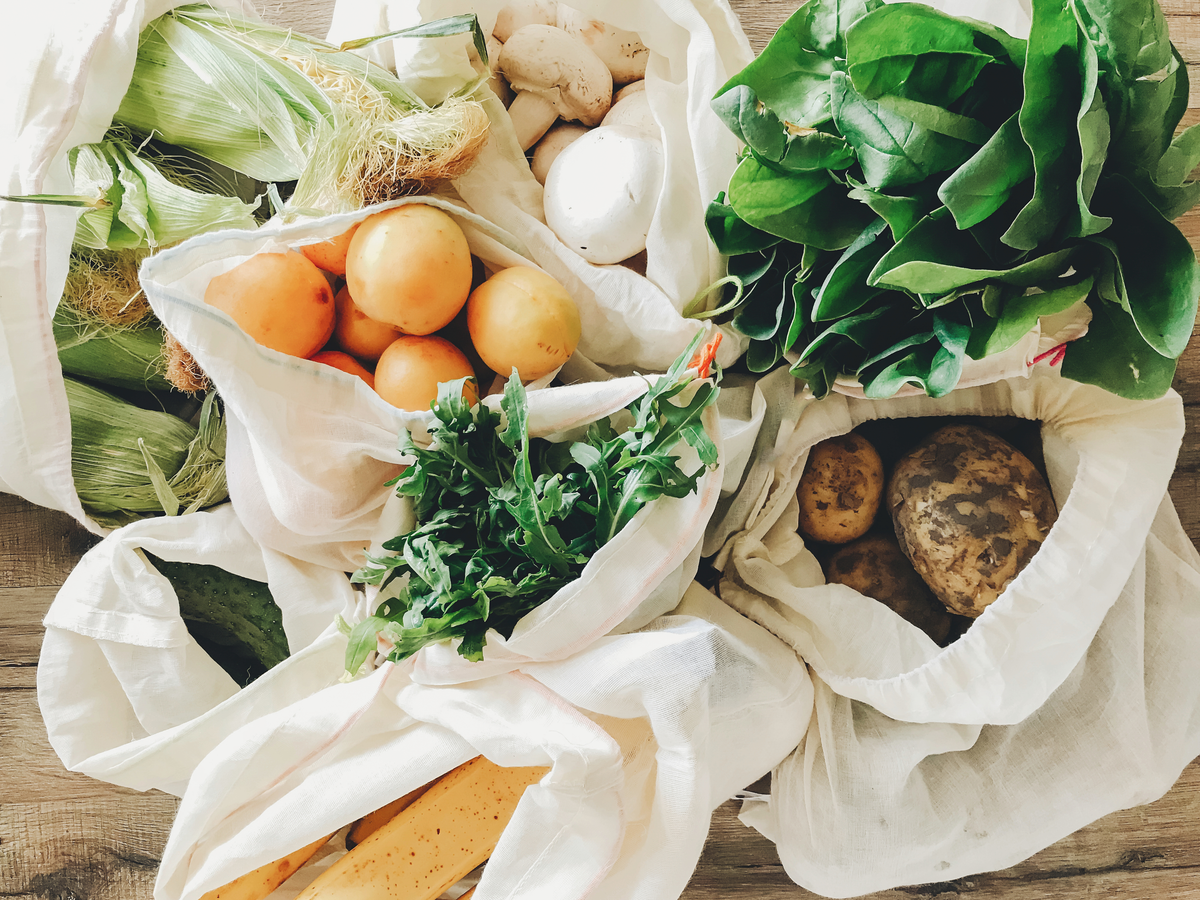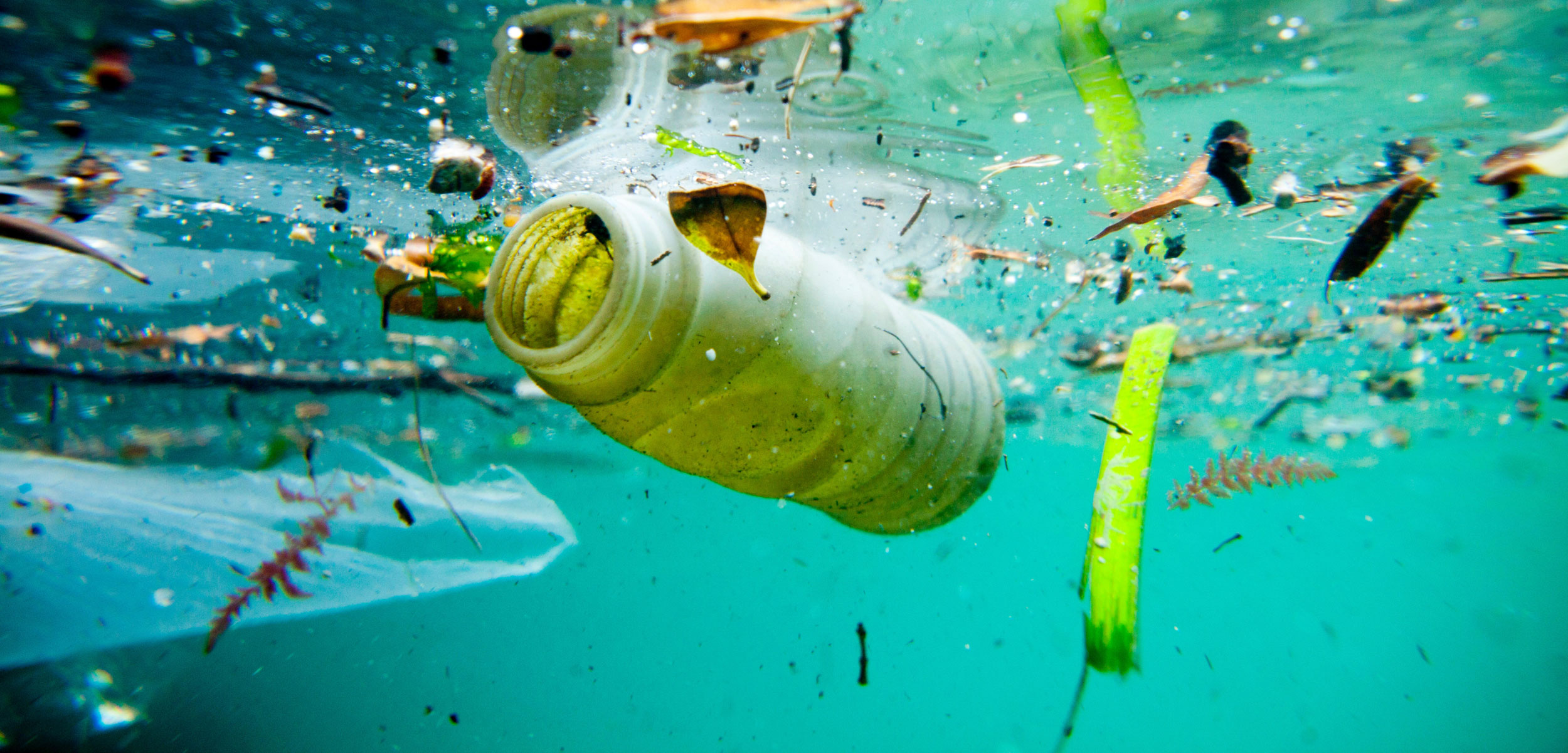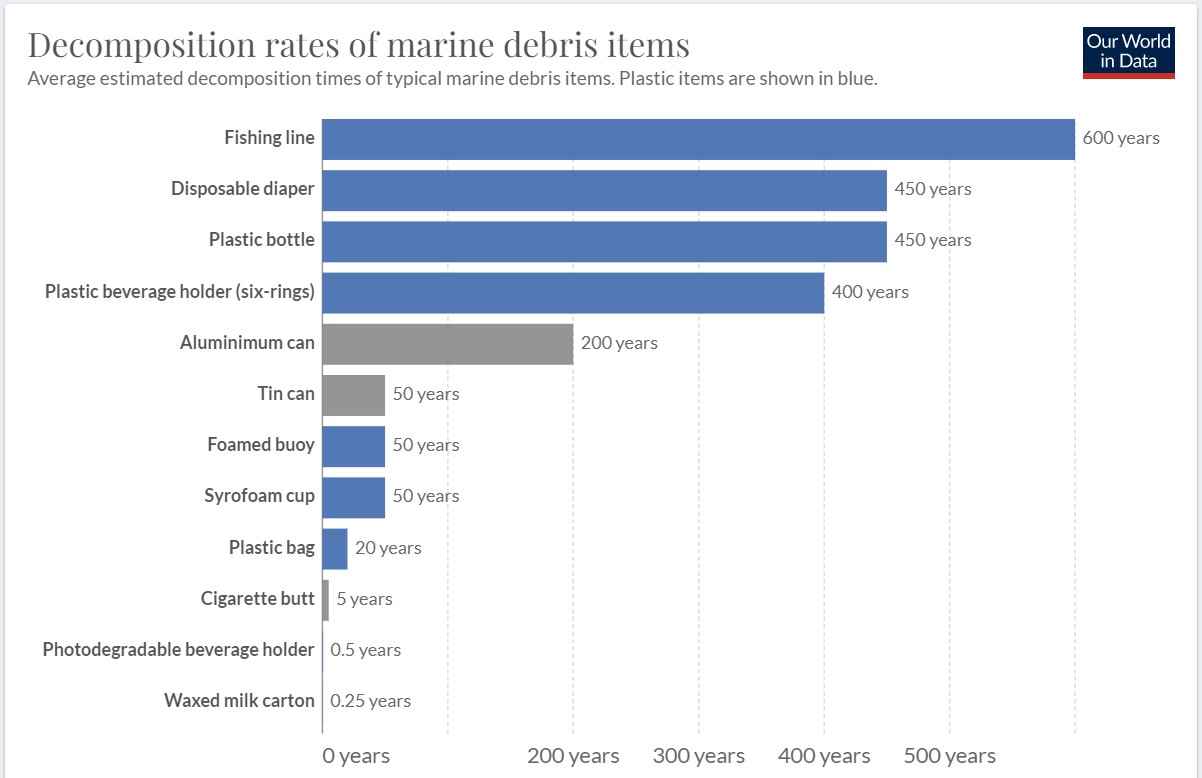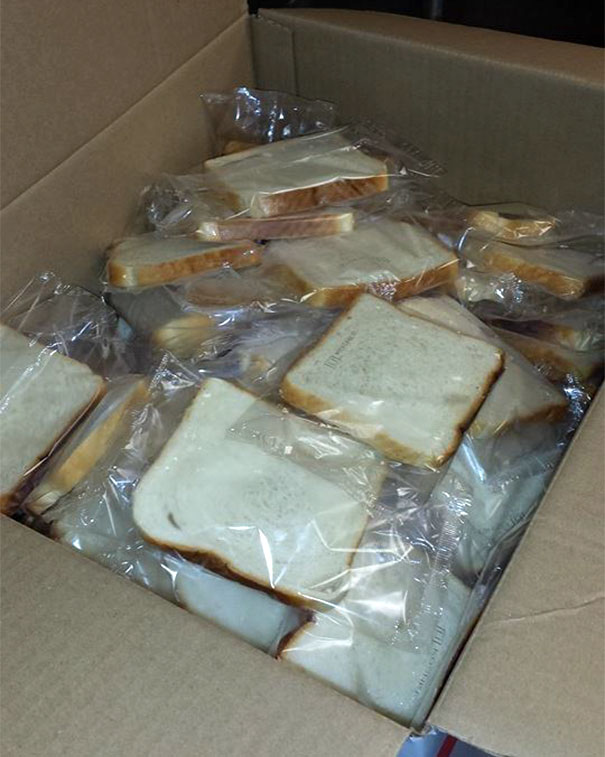CATEGORIES
Food Packaging and The Environment - Should You Use Less Food Packaging?
Feb 28,2022

Many people, me included, thought that food packaging is generally bad for the environment. And indeed, food packaging has been a significant source of plastic pollution for decades. However, when you dig deeper into food packaging research, you realise that it isn't so black and white. There are positives to food packaging! How so? You may ask with a slightly raised eyebrow. Other questions you might have are ones like "How much food packaging is too much? Is food packaging evil? Should you try and avoid food packaging altogether?"
If you feel a little "wrapped up" on the topic of food packaging, this article will help "unwrap" your mind.
Why is food packaging bad for the environment?
The problem with food packaging begins long before it contains foods. The creation of food packaging uses many resources such as water, electricity, chemicals, petroleum, and wood fibres. Additionally, the production of food packaging creates a lot of waste products such as wastewater, sludge and greenhouse gas emissions.
Unfortunately, nearly all the food you buy from a major grocery store has had some form of packaging associated with it, even when it doesn't come with packaging at the time of purchase (fruit and vegetables). Further, most food packaging is designed to be single-use and is thrown away, more than likely irresponsibly, rather than recycled or reused.

Photo by Cavan/Alamy Stock Photo.
A major culprit among various food packaging materials (glass, aluminium, paper or cardboard) is plastic-wrapped food packaging. This type of food packaging has the longest decomposition time (up to 5 centuries or more in some cases), can leach dangerous chemicals or breaks down into microplastics which can be absorbed and accumulated in organisms (including us) on a cellular level.
Below are some examples of how long it takes for certain food packaging to decompose.

Image is taken from: https://ourworldindata.org/plastic-pollution.
The majority of plastic, including plastic food packaging, didn't make it to the recycling bin; in 2015, we only managed to recycle 19.5% and incinerate 25.5%. The remaining 55% got discarded in landfills, or worse, the environment.
Does food packaging benefit the environment?
I know food packaging has been given a bad wrap, specifically plastic food packaging. But there are some benefits to food packaging that you may not even realise.
Food packaging, notably plastic wrapped packaging, plays a crucial role in reducing food waste and maintaining food quality and sanitary standards up until the final sale. Some people believe that most food packaging in a retail setting is unnecessary, and they may be right. However, there is no doubt that food packaging has played an essential role in preserving food, protecting food from pests and diseases, increasing shelf life, and maintaining food safety. It all comes down to preserving and protecting food, which food packaging is very good at doing.
According to The UN Food and Agriculture Organization (FAO), a lack of food packaging, storage, and refrigeration leads to significant post-harvest losses. In lower-income countries, such food securities are not guaranteed and taken for granted in high-income countries.
Should you avoid food packaging?
The answer to this question is tricky because food packaging is so hard to avoid in this day and age, associated with negative environmental impacts. Still, it also serves a significant role in preventing food waste. Nevertheless, considering that most food packaging, particularly plastic, does not have the liberty of breaking down and participating in nature's cycles within a reasonable amount of time, we believe it is best to avoid unnecessary food packaging where possible. But if it is not possible, it is not necessary to guilt-trip yourself. Do your best, and that is enough.
What is unnecessary food packaging? Here are some examples below.

Photo by thenamenononehas.
If only bananas had robust, natural, bio-degradable packaging of their own. Some sort of peelable skin, perhaps...

Photo by SaveLakeCanton.
Is this necessary? More examples can be found here.
If you need help managing your food packaging, as well as food carbon footprint, and maintaining a healthy diet, consider signing up to Eater Meter. We have developed a scoring system that measures how healthy your diet is according to The Australian Dietary Guidelines (2018) and measures your diet's carbon footprint. Read more about Eater Meter here. To read more blogs by us, go here!
